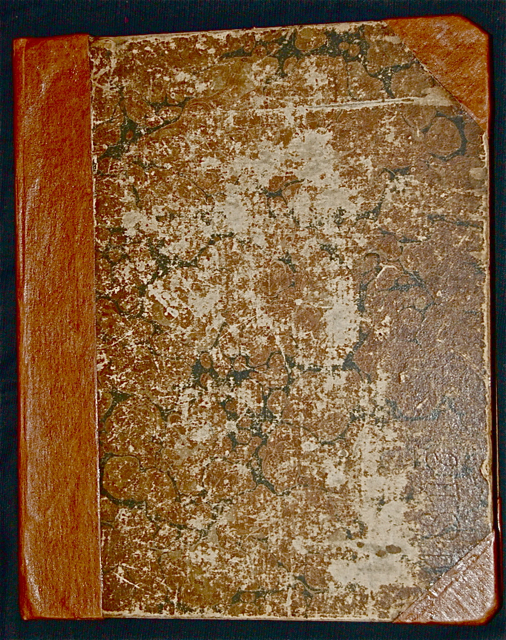Cumming, Alexander
The Elements of Clock and Watch-Work, Adapted to Practice. In Two Essays.
back

|
Seller ID: 1806 London: the Author, 1766. First edition (pp. [9], 192, index). Quarto (26 cm) in modern binding, gilt titles in compartment to spine, original marbled boards and edges. Sixteen copperplate engravings by Cumming as called for. Alexander Cumming (1731/2- 1814), watchmaker and 'mechanician', as ODNB would have it, was an accomplished and well- connected practitioner of applied physics employed by the Duke of Argyll and the Earl of Bute among others, capable of building an organ, designing a microtome-- 'a device for cutting very thin samples [of wood] for examination under a microscope' (Clifton), making a clock which recorded barometer readings, or simply making a fine gold stopwatch for this or that wealthy grandee. So it seems odd that his note To the Reader, which immediately follows a traditional grandiloquent address To the King seeking approval and favour, should amount to a repudiation of various calumnies, suggestions of plagiarism, and other unspecified accusations against him. But Cumming, as it happened, was an expert member of the Longitude committee, struck to examine claims to a prize of 20,000 GBP to be granted anyone who produced a marine chronometer capable of determining with exactitude the degree of longitude at which a sea-going vessel was located. For something like thirty years John Harrison had been at work on such a 'sea clock' and had by 1765 submitted for the committee's approval a number of increasingly sophisticated (and remarkably accurate) timekeeping devices, any of which might qualify for the prize. Cumming's note was aimed at extracting himself from the controversy occasioned by the committee's seeming blind intractability in refusing Harrison the prize. In fact, to ward off suggestions of plagiarism of Harrison's work Cumming placed his Essays with the Philosophical Society of Edinburgh until such time as Harrison's current chronomter, his fourth, could be examined by the committee (in 1765). The story is told in Sobel's book Longitude (1996). An important horological text, historically and technically (It includes 'one of the first designs of a gravity escapement'- Clifton). A few spots in the first few pages of a well- bound and generally clean text, several ms notes and interpolations, previous owner's name partly erased; plates are clean and bright-- all together a very good copy. Scarce. Price: $1800.00
For more information or to place your order, you can email us at info@trilliumbooks.ca, telephone us at 705-749-0461, |









